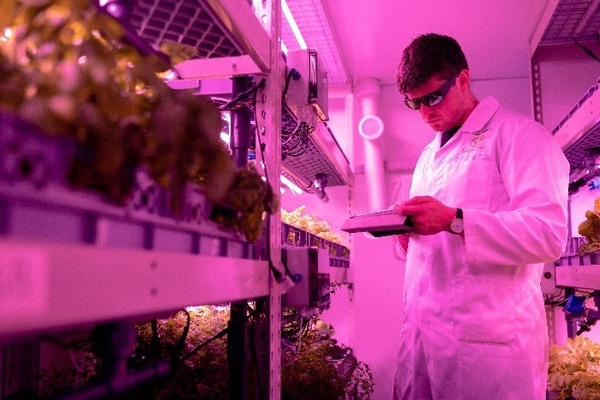
In 2021, nearly 18% of the nation's economy and 29% of all American jobs were linked to agriculture (Bode, 2022). From farming to processing and retail food services, many U.S. workers are linked to the agriculture/food services labor market. Technological advancements and machine learning in particular are disrupting these sectors. In fact, McKinsey believes the technology could handle the activities that account for more than 35 % of all hours worked in food service occupations, or the equivalent of 5.4 million full-time workers by 2030 (McKinsey, 2019) See Exhibit 1. This is second to only office-support workers which represent around 8.1 million jobs that can be done by technology (McKinsey, 2019). Still, food service has one of the highest rates of workers without college degrees (more than 90% of workers), making it harder for them to transition into higher-skilled jobs (which are the ones that will be in high demand in the future). Equally concerning is the high number of minority groups associated with these low-skilled occupations.
Indeed, the development of the job landscape in the United States will affect certain groups of people more than others. Factors such as skill level, level of urbanization of the resident city, age, gender, and ethnic group can tilt the scale of odds for job displacement due to technological disruption. Because of this, it is critical to understand which demographics are at higher risk of displacement and which mechanisms can help mitigate the effects. The following case study considers how technological innovation - specifically artificial intelligence and machine learning - will disrupt the food service industry in all faces - from agricultural production to restaurant services. This is followed by a discussion of how their labor markets will be affected, in particular trying to find patterns to highlight which groups of people are most threatened. Finally, policy responses are proposed that attempt to alleviate some of the challenges expected for these groups of people.